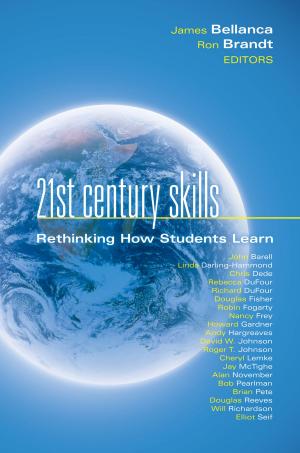Making Learning Flow
instruction and assessment strategies that empower students to love learning and reach new levels of achievement
Nonfiction, Reference & Language, Education & Teaching, Teaching, Teaching Methods| Author: | John Spencer | ISBN: | 9781943874194 |
| Publisher: | Solution Tree Press | Publication: | December 16, 2016 |
| Imprint: | Solution Tree Press | Language: | English |
| Author: | John Spencer |
| ISBN: | 9781943874194 |
| Publisher: | Solution Tree Press |
| Publication: | December 16, 2016 |
| Imprint: | Solution Tree Press |
| Language: | English |
Benefits
- LEARN THE FUNDAMENTALS OF FLOW.
- REIMAGINE STUDENT ENGAGEMENT to create conditions that foster a state of flow regularly.
- MOTIVATE STUDENTS to become naturally curious, creative critical thinkers.
- MAKE LEARNING INHERENTLY FUN, encouraging students to love learning.
- GAIN EFFECTIVE STRATEGIES for improving motivation, instruction, pacing, and feedback in the classroom.
- Understand how intrinsic motivations can better inspire students’ learning than extrinsic rewards.
- Grasp how to effectively match students’ perceived skills with an equal level of challenge.
- Issue immediate and effective feedback to help students monitor their own learning progress.
When students are fully engaged, present, focused, and alert, they experience flow. By rethinking student engagement and bringing flow to the center of instruction, teachers inspire students to love learning and reach new levels of achievement. Using the key components of flow, generate a state of flow in the classroom every day to spark optimal student performance. Learn what steps teachers can take to personalize instruction, empowering students to own their learning.
Contents
Introduction: What Is Flow?
- Motivation—Shifting From Extrinsic to Intrinsic Rewards
- Instruction—Shifting From Differentiation to Personalization
- Pacing—Shifting From Action to Suspense
- Feedback—Shifting From Top-Down to Horizontal Assessment
Conclusion
References and Resources
Benefits
- LEARN THE FUNDAMENTALS OF FLOW.
- REIMAGINE STUDENT ENGAGEMENT to create conditions that foster a state of flow regularly.
- MOTIVATE STUDENTS to become naturally curious, creative critical thinkers.
- MAKE LEARNING INHERENTLY FUN, encouraging students to love learning.
- GAIN EFFECTIVE STRATEGIES for improving motivation, instruction, pacing, and feedback in the classroom.
- Understand how intrinsic motivations can better inspire students’ learning than extrinsic rewards.
- Grasp how to effectively match students’ perceived skills with an equal level of challenge.
- Issue immediate and effective feedback to help students monitor their own learning progress.
When students are fully engaged, present, focused, and alert, they experience flow. By rethinking student engagement and bringing flow to the center of instruction, teachers inspire students to love learning and reach new levels of achievement. Using the key components of flow, generate a state of flow in the classroom every day to spark optimal student performance. Learn what steps teachers can take to personalize instruction, empowering students to own their learning.
Contents
Introduction: What Is Flow?
- Motivation—Shifting From Extrinsic to Intrinsic Rewards
- Instruction—Shifting From Differentiation to Personalization
- Pacing—Shifting From Action to Suspense
- Feedback—Shifting From Top-Down to Horizontal Assessment
Conclusion
References and Resources
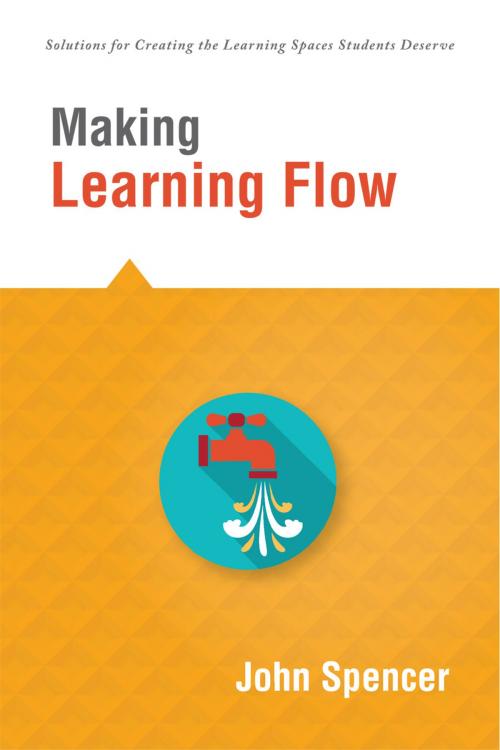
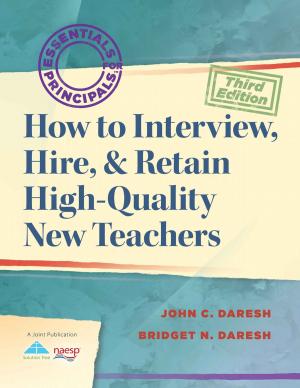
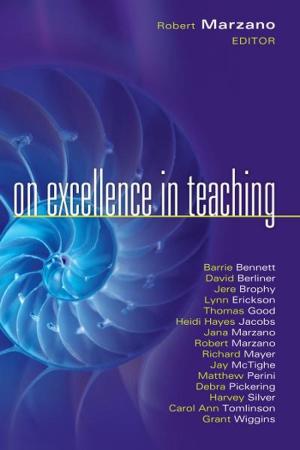

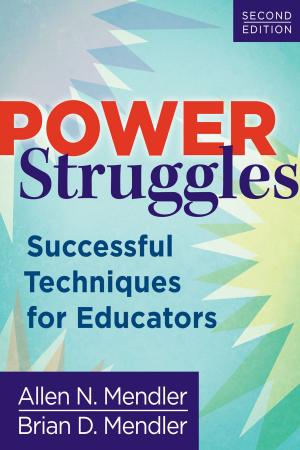
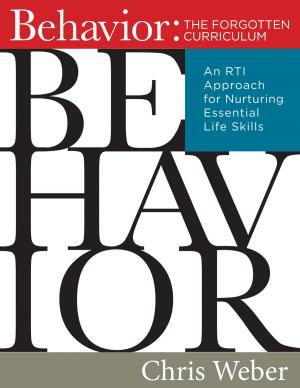

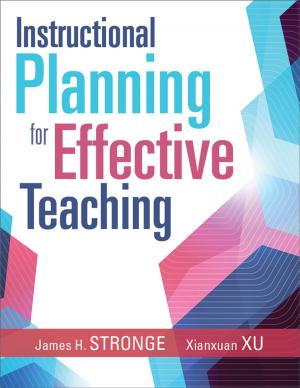



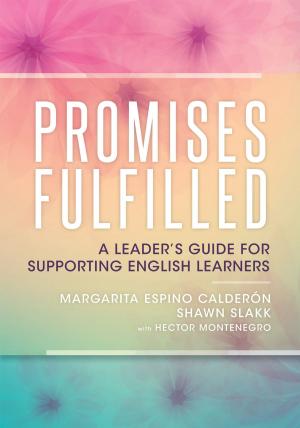
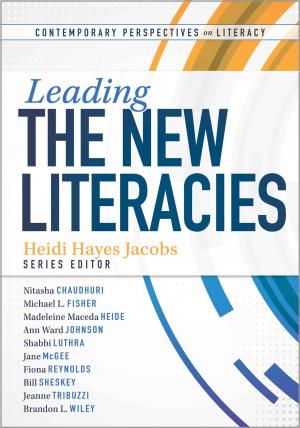

![Cover of the book It's About Time [Elementary] by John Spencer](https://www.kuoky.com/images/2014/october/300x300/9781936763047-o7Sa_300x.jpg)
